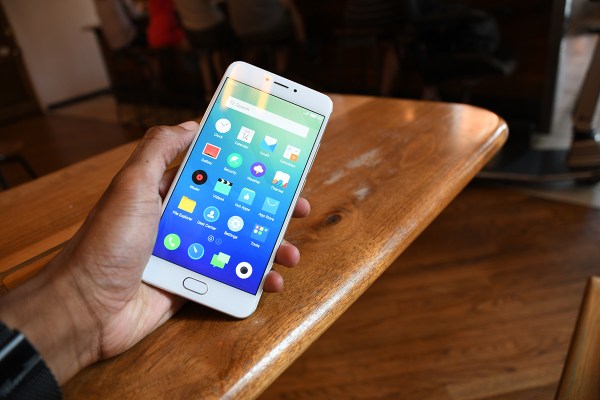Chinese smartphone manufacturers are very much on the ascent, but it’s been a pretty mixed bag. Some have offered some truly exciting hardware to market (read: Nexus 6P) and others, well, not so much. Founded in 2003, Meizu is relatively new entrant on the scene, but the company knows how to make a nice piece of hardware.
With its latest device, the MX6, the manufacturer has created what looks to be the love child of a certain popular phone designed in California and another designed in Taiwan (from a company that also happens to make high-end VR headsets). Naturally, I took some hands-on time with it.
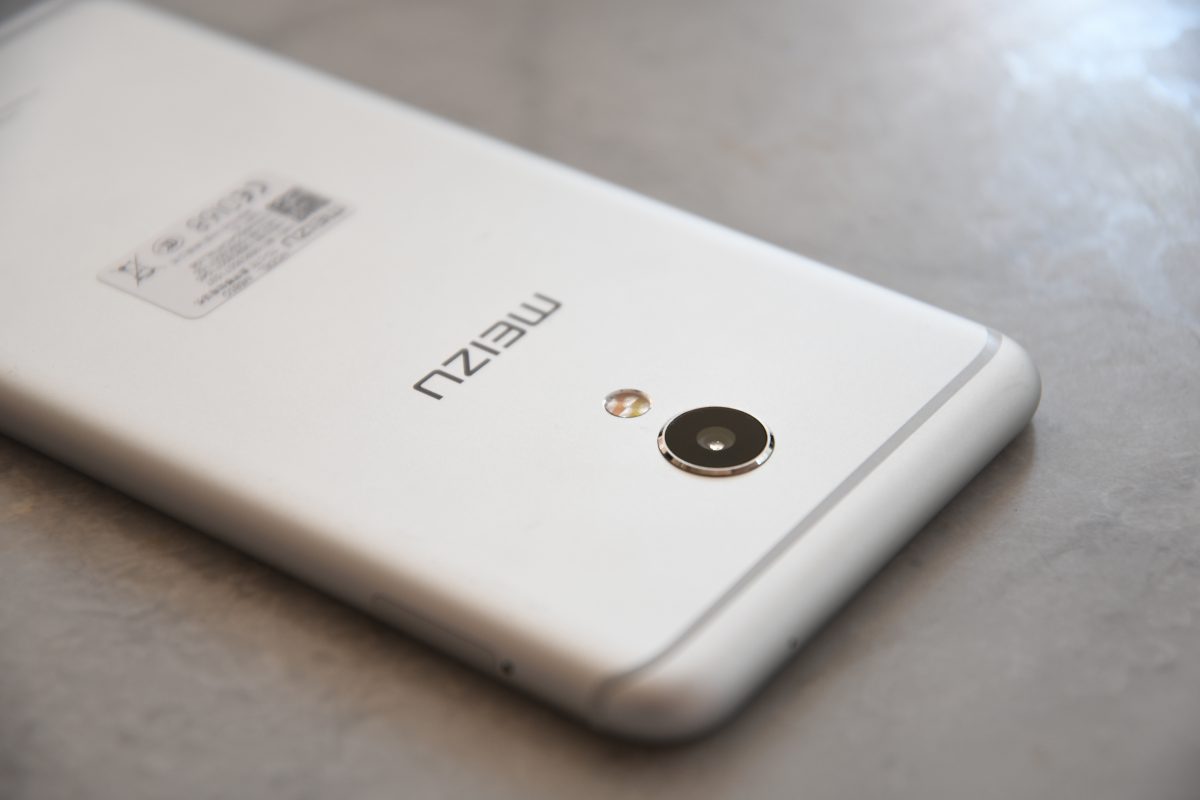
The Meizu MX6 grabs some key design language from a number of top smartphone manufacturers (I probably don’t need to name names) — I do have to say, however, that the handset feels surprisingly premium for a device with fairly unremarkable design language. It weighs 155 grams but has room for a decent 3060mAh battery and 32GB of storage.
Next up: the screen. It’s a pretty one, at 5.5-inches and 1920 x 1080. It looks better than the resolution numbers suggest, and that’s probably thanks to the 403 pixels-per-inch, paired with a top brightness of 500cd/m². So, it looks sharp and colors are well-produced.
The phone’s performance was also unexpected. The MX6 flagship is equipped with an ten-core setup (insert surprise and expletives!) with max clock speed at 2.3GHz. The result is a pretty snappy phone for most daily tasks. It’s no Galaxy or iPhone, but it performs pretty well for a mid-range Android phone.
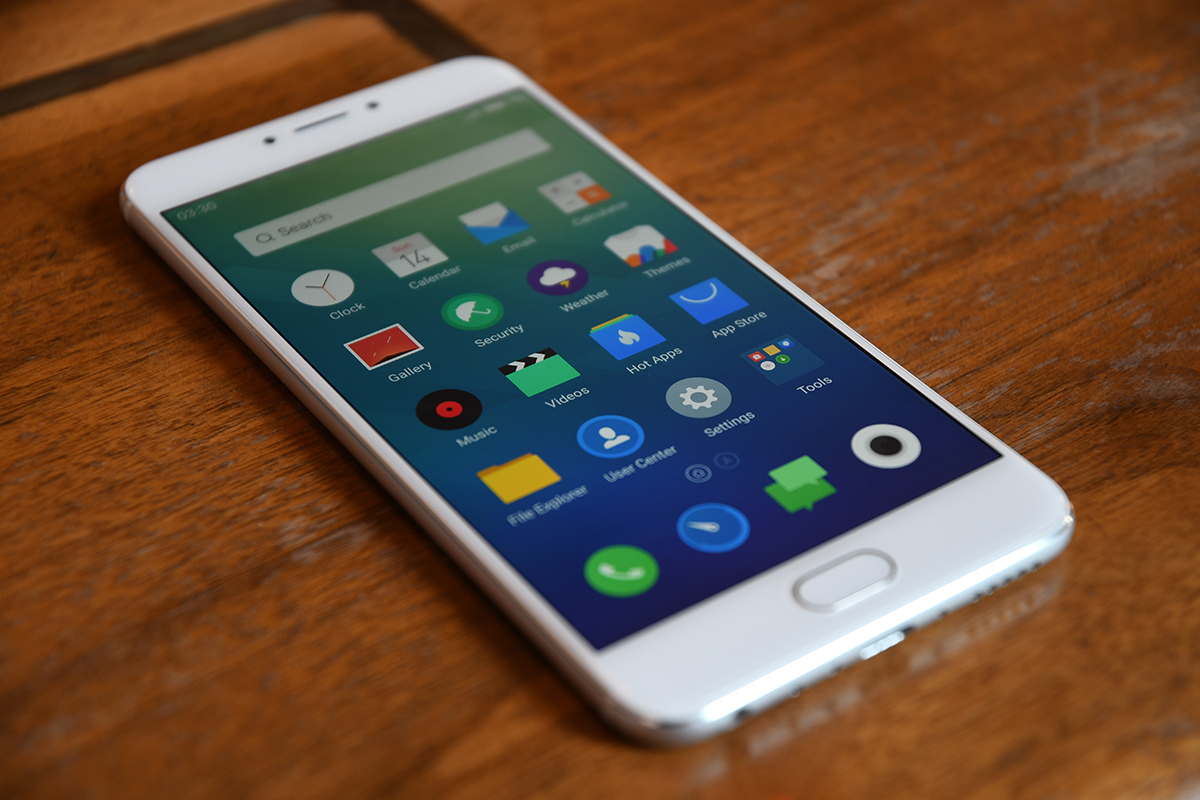
Speaking of Android, Meizu offer’s a different take on 5.1 Lollipop, featuring a skin the company calls “Flyme,” which brings lots of gloss and flat design elements. It once again takes inspiration from a certain unnamed handset, but again, it’s actually pretty nice. I haven’t encountered a single aspect of Meizu’s custom UI that looks unfinished. Sure it’s not original, but Flyme manages to complement the phone’s design, improving the experience in the process.
Yet another surprise about the MX6 is that it has a functioning fingerprint sensor, capable of storing up to five prints. I’ve been able to use it, but have found that it misreads occasionally.
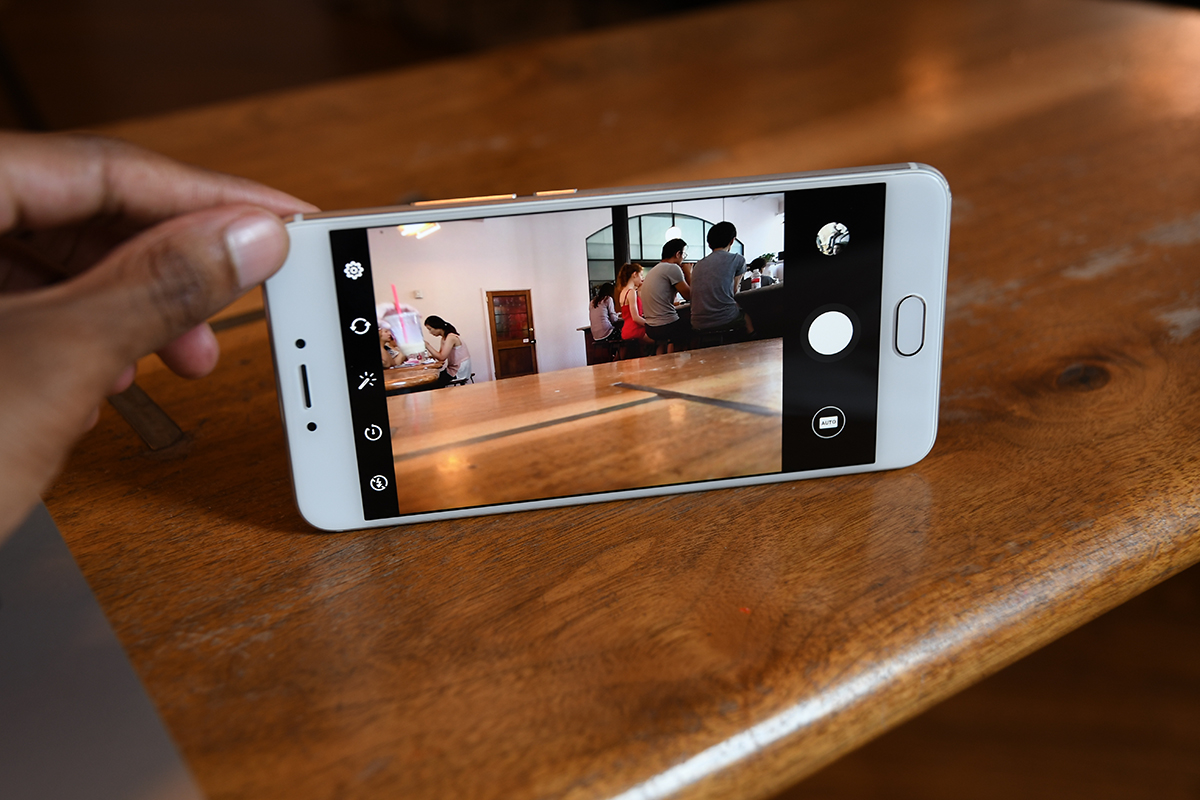
Image quality from the Sony camera is what you’d expect: it’s fast, sharp and produces decent colors. Sure, it can’t touch the quality seen of high-end flagships, but it’s not bad for a middling Android handset.
Just don’t get it wet: Meizu doesn’t claim its phone is water-resistant, and currently I’m disinterested in finding that out first hand.
Battery life, on the other hand, is probably the least remarkable aspect of the MX6. If you conserve, you can get through a day’s worth of usage, but the handset took a significant hit with Bluetooth (Android Wear!) and GPS enabled. USB-C charging is a welcome sight and gets the MX6 to a full charge within an hour, which is great.
Just don’t get it wet: Meizu doesn’t claim its phone is water-resistant, and currently I’m disinterested in finding that out first hand.
The handset rocks a dual-SIM port, effectively turning the MX6 into a global travel phone, a pretty good role for a device like this, so as to avoid losing one’s primary phone while globetrotting.
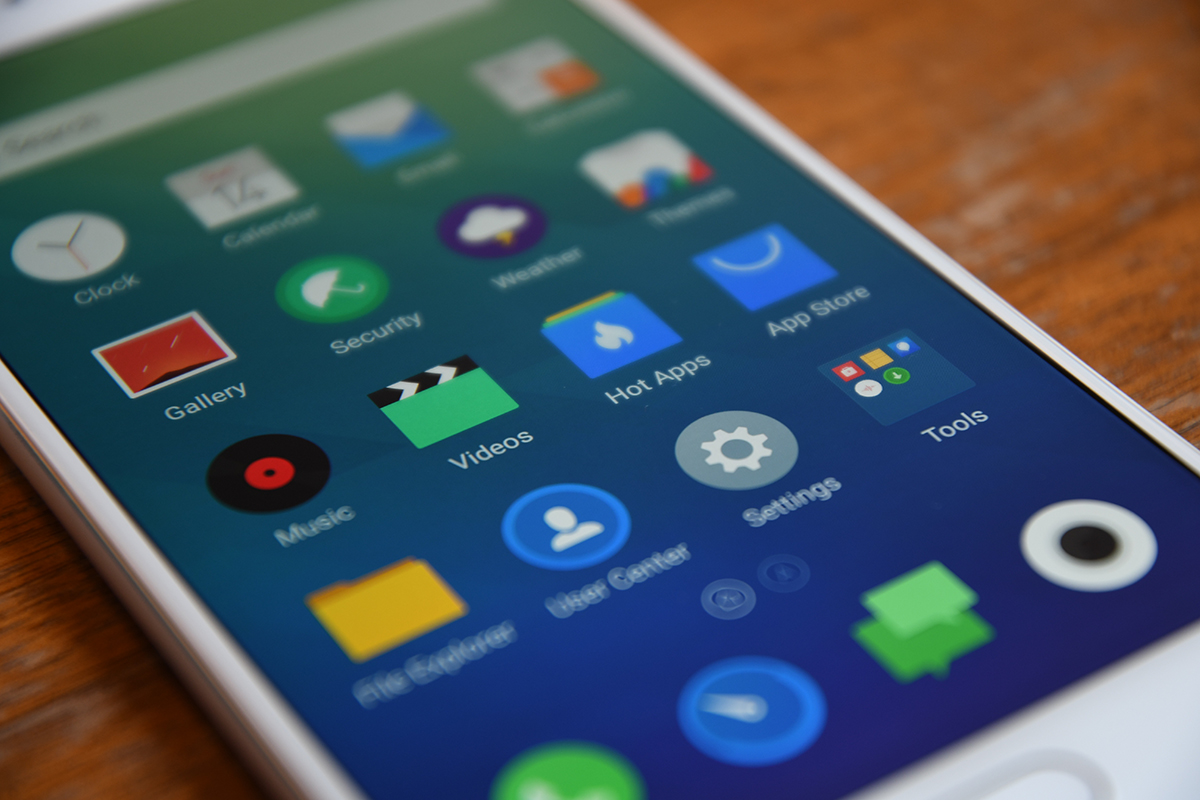
Sure, it looks familiar, but the MX6 is a surprisingly solid mid-tier Android offering with a svelte 7.6mm profile. It’s not the strongest handset in that category by any stretch, but it certainly proves the company is capable of making a good (if extremely familiar) device.
